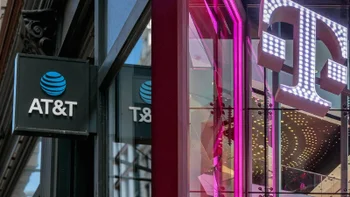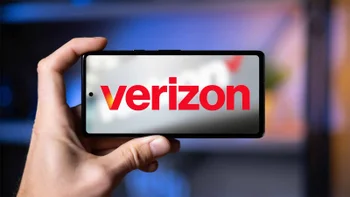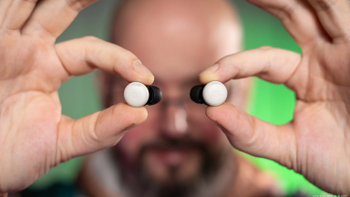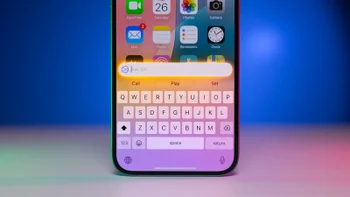Here is where cities worldwide are hiding 5G towers

If you're driving through some cities in Arizona, you might have noticed some large cactuses (or cacti) approximately 2-feet tall, along the sides of the road. But these are not real plants. They were constructed in order to cover up 4G LTE antennas; inside the fake cactuses you'll find radio equipment. The idea is to make the gear blend in by disguising them with regionally-based plants and structures. Many think that cell towers look ugly and ruin the look of the environment (frankly, yours truly likes the look of cell towers but that puts me in the minority).
Smart Street Lamps are being employed to hide 5G towers in many countries
According to CNN, 4G towers are disguised as palm trees down south, evergreens in the Northeast, and cactuses in the West. Some 4G sites are disguised as church bell towers, historic landmarks, and water towers. CNN says that with the use of 5G towers, cities have to find another method of subterfuge. That's because high-band mmWave 5G signals, as you've often seen us write, are easily blocked by structures. Wooden objects, certain materials, and yes-even leaves (T-Mobile wasn't kidding) can block the progress of high-band mmWave 5G signals. And since high-band 5G signals can only travel short distances (something else we've mentioned often), 5G towers must be placed a couple hundred feet apart and even closer. And the antennas have to be exposed for 5G signals to be accessed by the public. With this in mind, some of the illusions used, like the cactuses, won't be as effective. So for 5G sites, some cities are hiding the gear in street lights. Keith Niederer, telecom policy coordinator for Scottsdale says, "Design will be just as important moving forward with the 5G installations, but we will have a greater focus on street lights than the cacti. In Scottsdale, aesthetics are pretty important. Every street has a different theme and streetlights vary. We want them to blend in as much as possible and not stand out." With 5G, the technology needs to be out in the open as opposed to 4G LTE.

Street lamps hiding 5G towers are being used in San Antonio, Texas
A company named Valmont Industries is one of the leading firms in the business of hiding 4G and 5G equipment. It recently finished delivering street lights to San Antonia, Texas that contain 5G gear. The outfit's general manager of communication concealment, Mark Schmidt, said, "There's no form factor we won't consider using. Our goal is to bridge the gap between the aesthetics in a community, what a jurisdiction would like to see and what the wireless carrier requires as a form factor. ... But the most natural fit here will be traffic lights and street lights." With street lights sporting access to a power supply, and with a decent elevation, they can be used to house multiple technologies. Besides trying to hide the looks of a 5G tower, there is a security factor as well. You might recall that last April, thugs believing a conspiracy theory that 5G towers were the cause of coronavirus tried to knock down these towers in the U.K. and China.
Tom Kuklo, a global product manager for Radio Frequency Systems (RFS), a firm that makes components for smart street lights, says that these lights are already rolling out in some areas. He states, "We're already seeing this in China and some other locations where smart poles are very predominant. They're becoming part of the landscaping; you walk right past them and don't even know that's what's giving you a 5G signal unless you're looking for it."
5G is expected to bring $17 trillion to economic growth by 2035 based on data from ABI Research. Eventually, data speeds will be 10 to 100 times 4G data speeds bringing a number of new technologies like self-driving cars to the public. Remote operations performed with the surgeon hundreds of miles away from the patient will be performed. Right now though, we are very early in the 5G era and many more towers need to be constructed throughout the world.
Follow us on Google News













Things that are NOT allowed:
To help keep our community safe and free from spam, we apply temporary limits to newly created accounts: